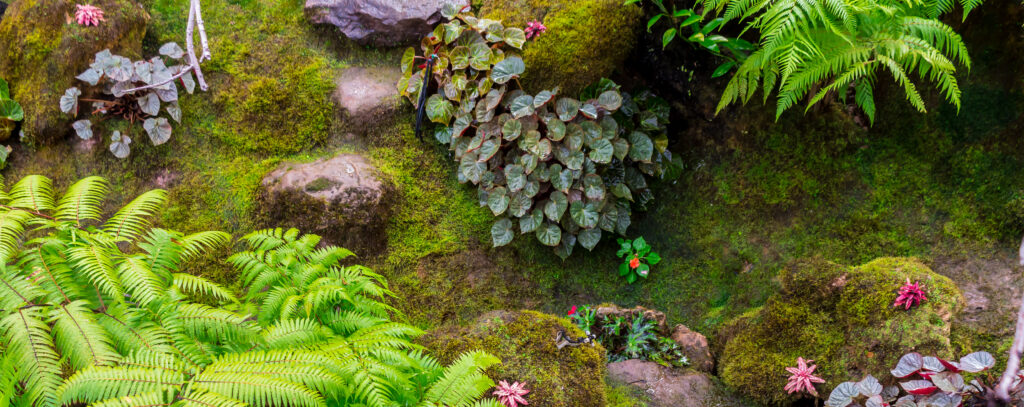Transform your indoor space with the art of aquascaping, creating stunning underwater landscapes that combine the beauty of aquatic plants with creative design principles. Learn how to craft mesmerizing water gardens that serve as living art pieces while maintaining healthy ecosystems for your plants.
Understanding Aquascaping Styles
Explore popular design approaches:
Nature Style:
- Natural landscapes
- Balanced composition
- Mixed plant species
- Organic flow
- Natural materials
Dutch Style:
- Organized rows
- Street layout
- Color groupings
- Manicured appearance
- Regular maintenance
Essential Design Principles
Master fundamental concepts:
Golden Ratio:
- Proportion balance
- Focal point placement
- Visual flow
- Space division
- Depth creation
Scale Consideration:
- Plant size relationships
- Hardscape proportions
- Container scale
- Growth allowance
- Visual weight

Selecting Hardscape Materials
Choose appropriate materials:
Stone Options:
- Dragon stone
- Seiryu stone
- Lava rock
- River rock
- Slate pieces
Wood Choices:
- Driftwood
- Spider wood
- Manzanita branches
- Bogwood
- Root structures
Plant Selection Guidelines
Choose plants for different zones:
Foreground Plants:
- Dwarf Baby Tears
- Monte Carlo
- Glossostigma
- Marsilea species
- Dwarf Hairgrass
Background Plants:
- Vallisneria
- Amazon Sword
- Rotala species
- Jungle Val
- Cryptocoryne balansae
Creating Depth and Perspective
Build visual interest:
Layering Techniques:
- Substrate slopes
- Plant height variation
- Hardscape placement
- Color gradients
- Texture combinations
Focal Points:
- Statement stones
- Unique plants
- Negative space
- Light effects
- Color accents
Maintenance Requirements
Keep your aquascape pristine:
Daily Tasks:
- Water parameters
- Equipment check
- Visual inspection
- Feeding schedule
- Temperature monitoring
Weekly Tasks:
- Water changes
- Plant trimming
- Algae removal
- Filter cleaning
- Nutrient dosing
Lighting Solutions
Optimize plant growth:
Light Selection:
- LED options
- Color spectrum
- Intensity control
- Timer systems
- Natural light integration
Placement Strategy:
- Height adjustment
- Coverage area
- Shadow prevention
- Heat management
- Plant requirements
Substrate Choices
Select appropriate growing medium:
Base Layer:
- Nutrient-rich soil
- Clay balls
- Power sand
- Root tabs
- Mineral additives
Top Layer:
- Aqua soil
- Fine gravel
- Sand options
- Decorative elements
- Plant anchoring
Water Chemistry Management
Maintain optimal conditions:
Essential Parameters:
- pH balance
- Hardness levels
- CO2 concentration
- Nutrient balance
- Temperature stability
Testing Schedule:
- Daily monitoring
- Weekly tests
- Monthly analysis
- Adjustment methods
- Record keeping
Advanced Techniques
Elevate your aquascaping:
Special Effects:
- Bubble walls
- LED backlighting
- Fog systems
- Water movement
- Sound elements
Professional Methods:
- Dry start technique
- Tissue culture
- CO2 injection
- Fertilization systems
- Advanced pruning
Seasonal Adjustments
Adapt to changing conditions:
Summer Care:
- Temperature control
- Light reduction
- Increased maintenance
- Growth management
- Algae prevention
Winter Adjustments:
- Light supplementation
- Temperature stability
- Reduced feeding
- Growth patterns
- Water quality
Remember that successful aquascaping combines artistic vision with technical knowledge. Start with a clear design plan, choose appropriate materials and plants, and maintain consistent care routines. With patience and attention to detail, your aquascape will develop into a stunning underwater landscape that brings natural beauty and tranquility to your indoor space.




